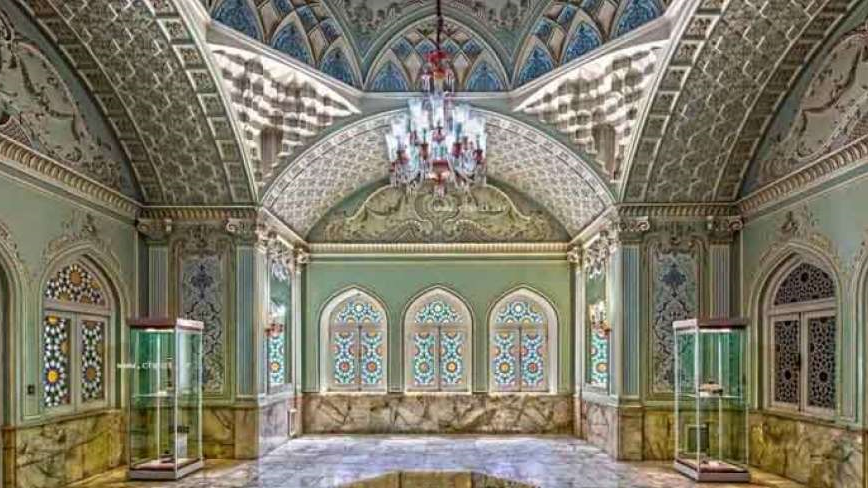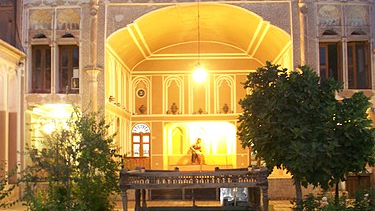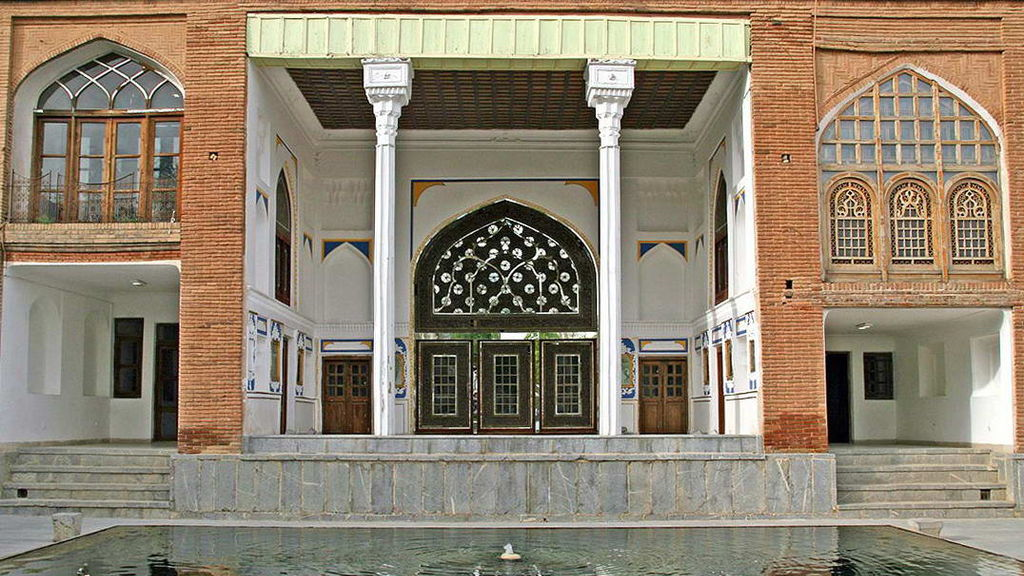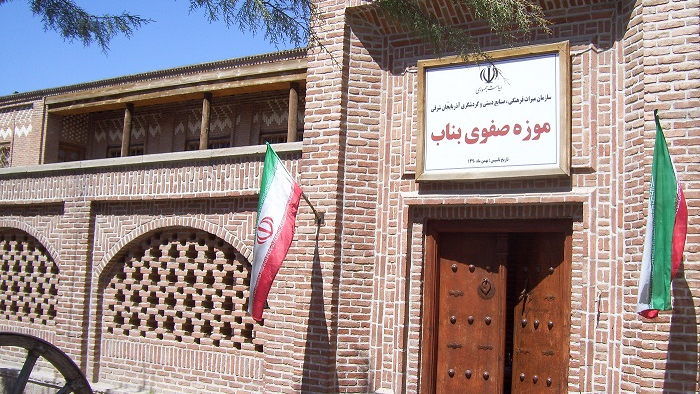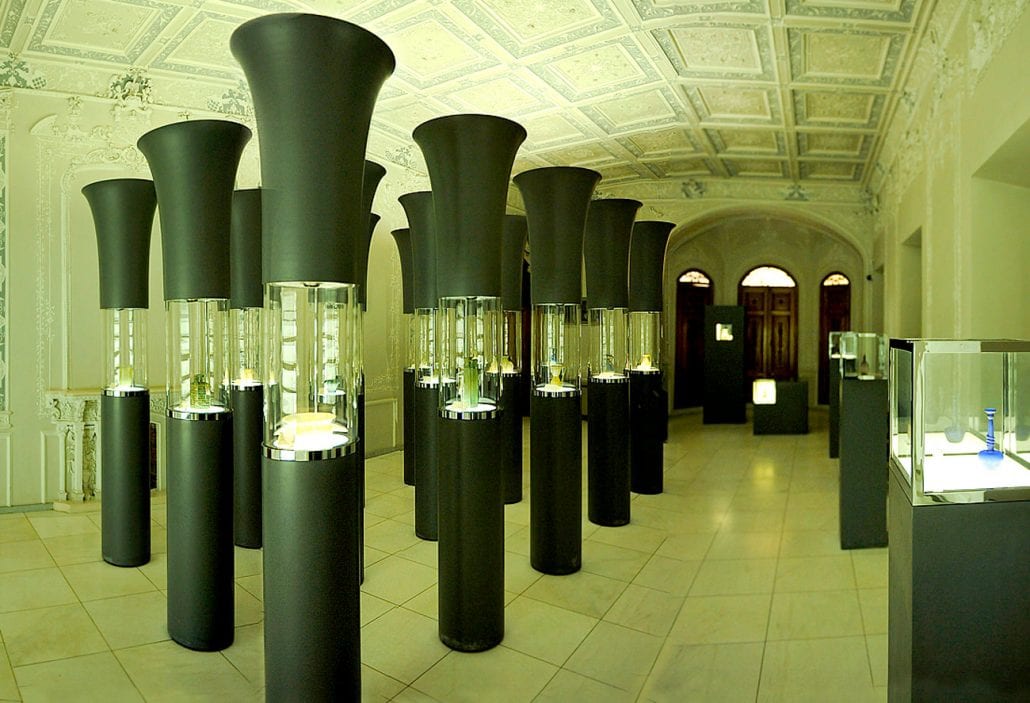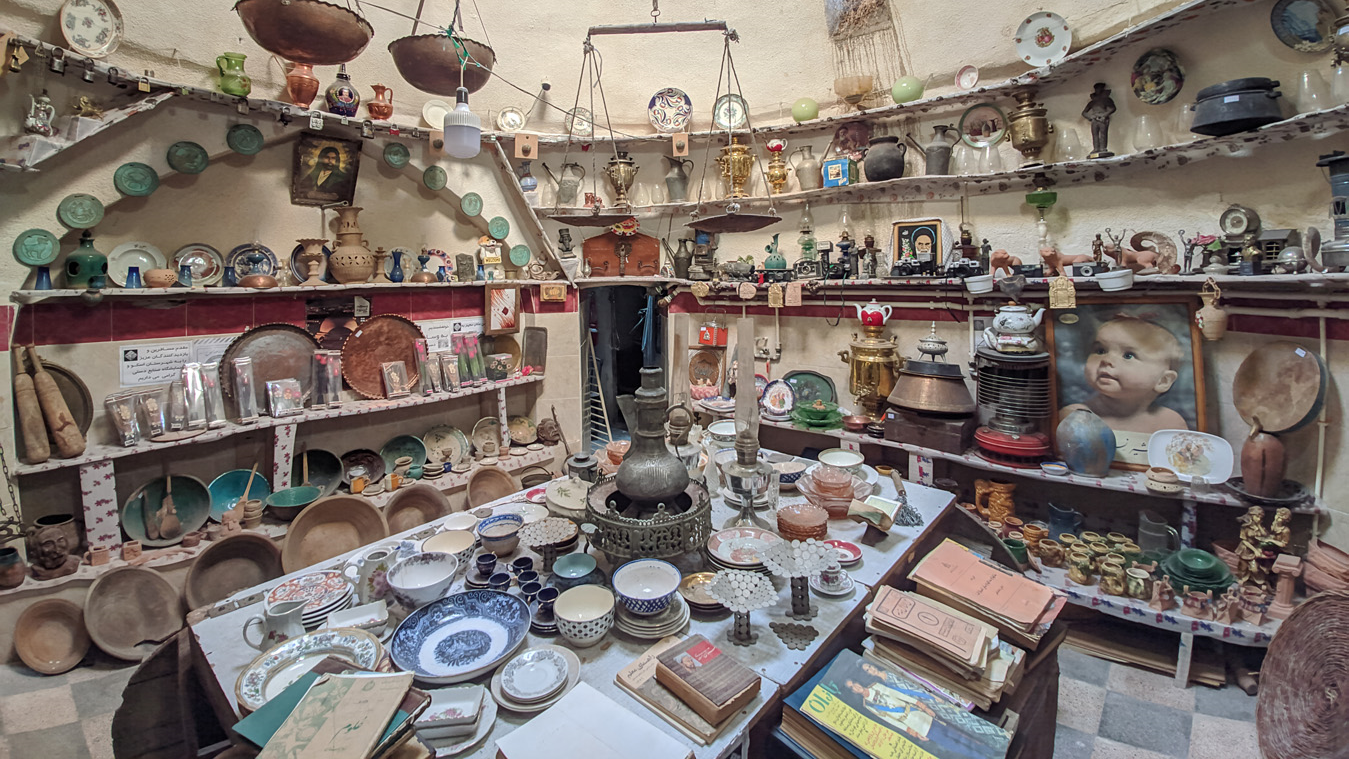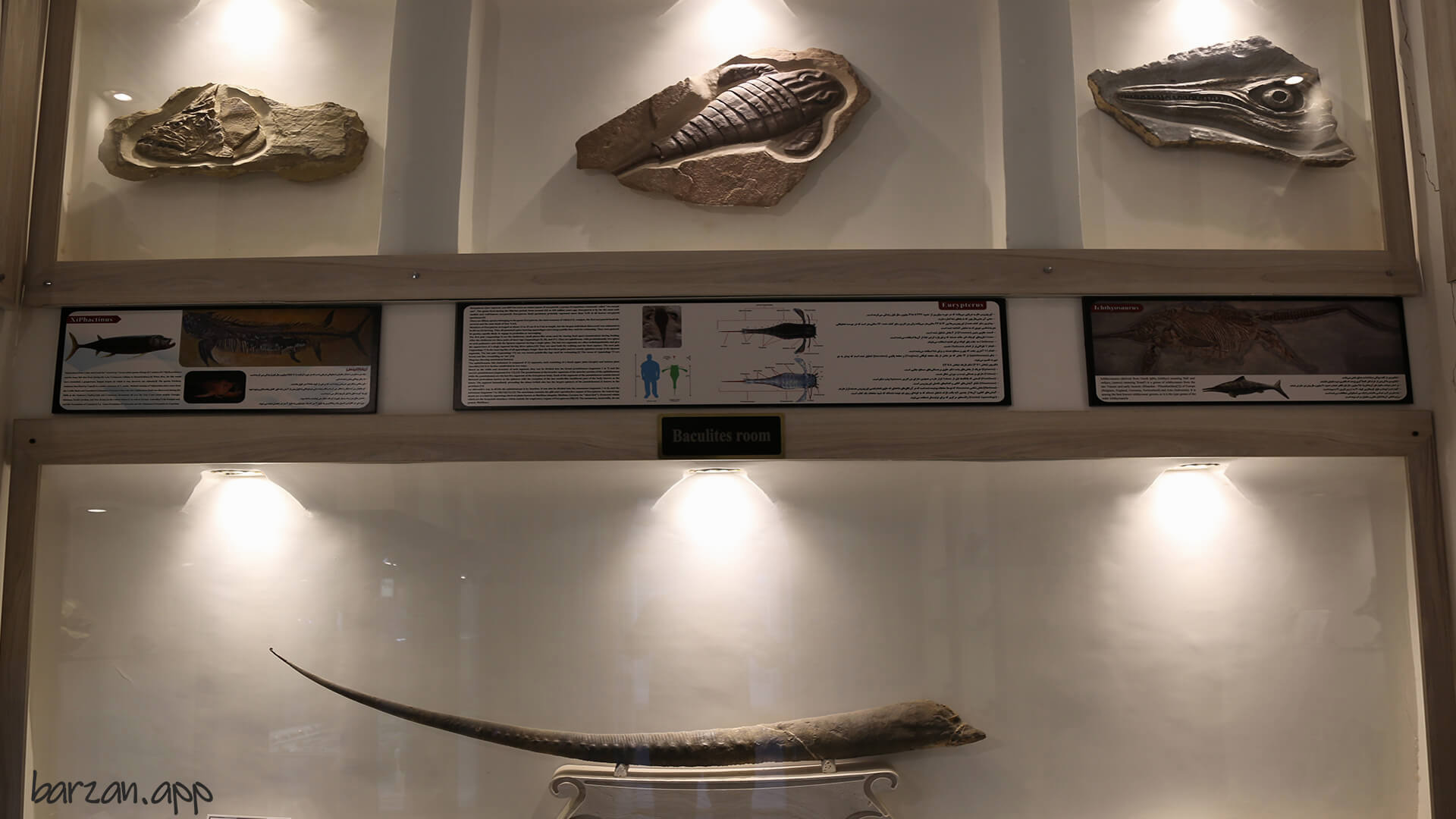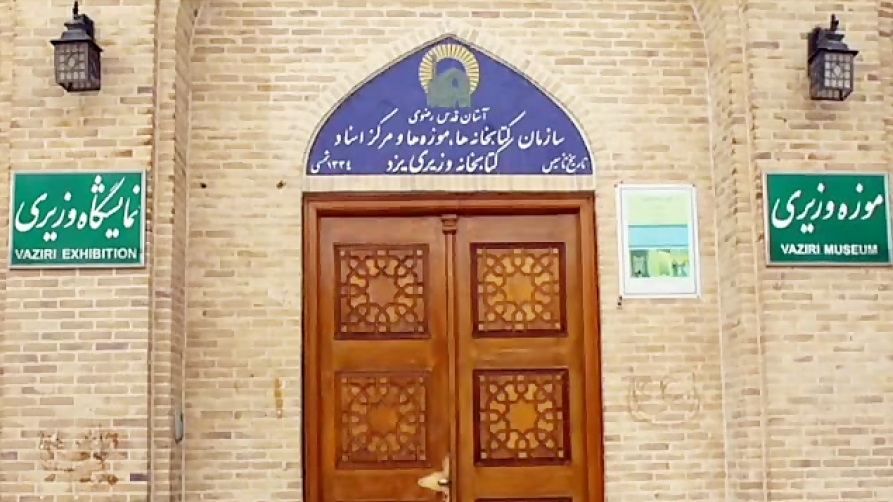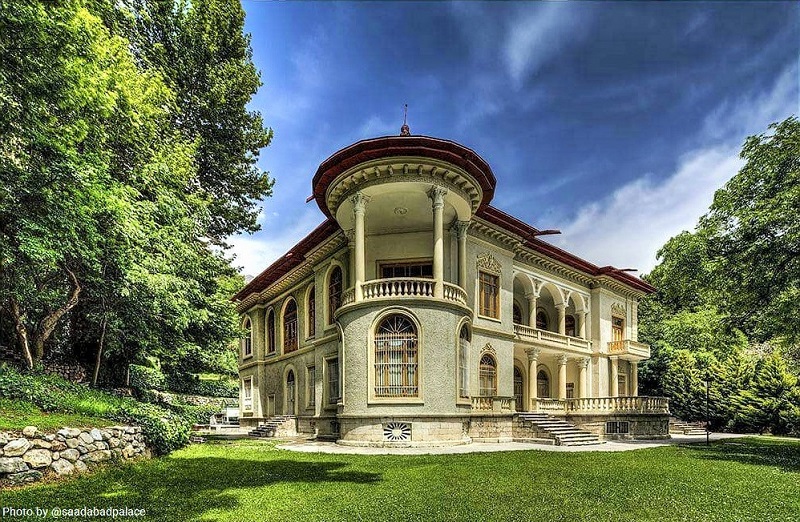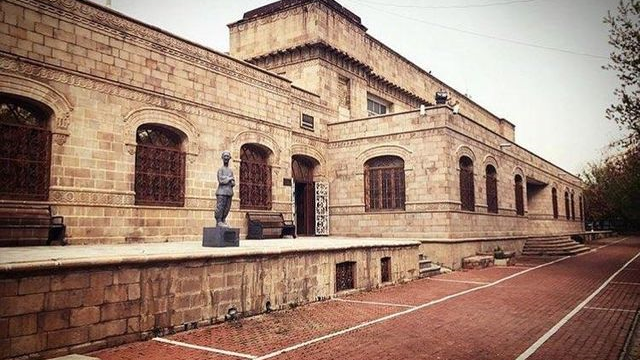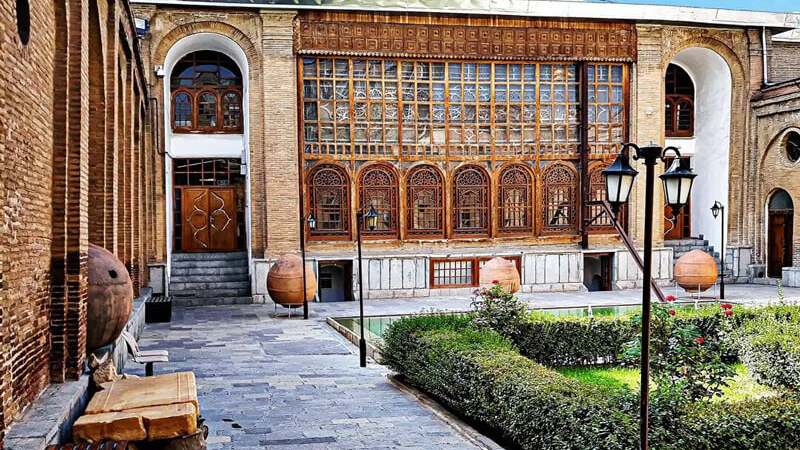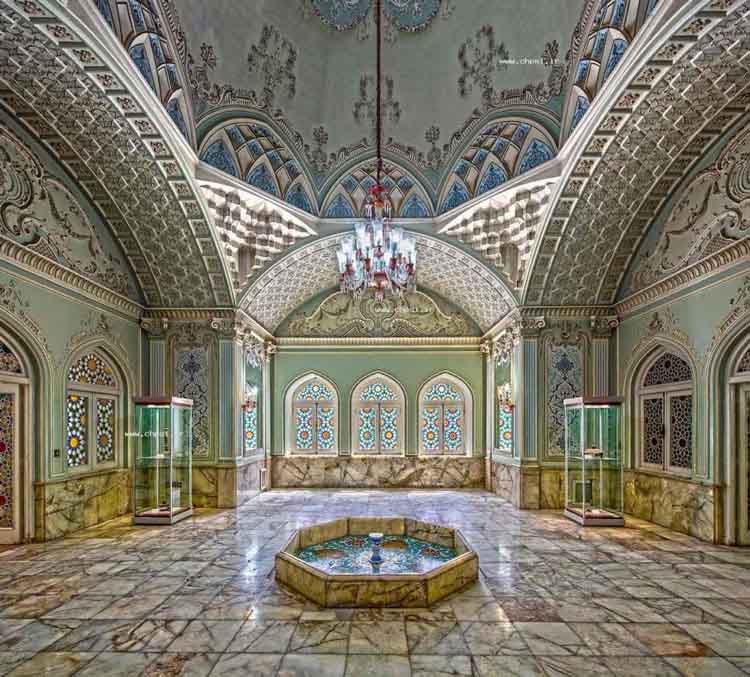
Carpet Museum
Given the antiquity of carpet weaving in Iran, which dates back to the Achaemenid dynasty, the necessity of establishing a museum has been highly apparent. The Carpet Museum of Tehran was constructed in 1356 SH, Bahman 22, representing a collection of the most noble and invaluable hand-woven carpets. The architecture of the museum is highly spectacular and glorious. The decorations on the external facade of the museum are exactly similar to a carpet loom. The exhibition ground of the museum includes two halls, the first one has been designed for permanent exhibitions, and the second floor’s hall has been dedicated to the temporary exhibitions of carpet and Kilim.
The most valuable samples of Persian carpets and Kilims related to a period between the 9th century and the contemporary time are kept here, categorised based upon their quality, antiquity, and given to the other features of Persian carpets in terms of dying, design, pattern, weaving and the variety of carpet weaving centers. There are about 135 masterpieces of Persian carpets woven in the main centers such as Kashan, Kerman, Isfahan, Tabriz, Khorasan, Kurdistan and other regions exhibited in the hall on the first floor. A library including different books in Farsi, Arabic, French, English and German languages and a bookstore are the other.
| Name | Carpet Museum |
| Country | Iran |
| State | East Azerbaijan |
| City | Azarshahr |

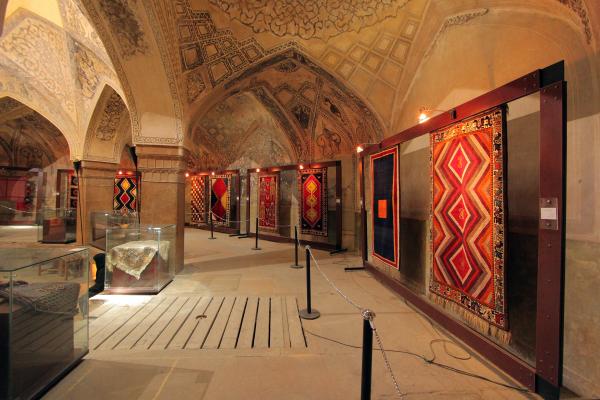

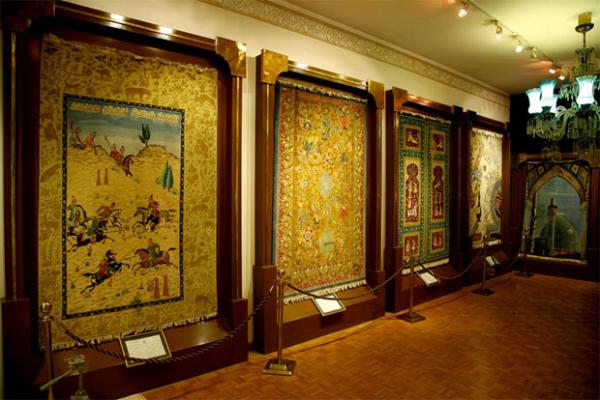





Carpet Museum of Iran
Undoubtedly, carpet has been and is one of the most beautiful and perfect manifestations of Iranian art, which has been woven since ancient times and perfected in different periods. Carpets are woven throughout Iran, in different cities, and have found an independent identity in accordance with the geography and culture of each region. The Carpet Museum of Iran is an important showcase for getting to know the depth of this aspect of Iranian art and craft.
In the Carpet Museum of Iran, which was founded in 1979 AD, all kinds of Iranian carpets are exhibited over a space of 3400 square meters. The building of this museum started in 1961 AD and was initially supposed to be a carpet gallery, but it remained abandoned for 15 years, and thereafter, it was renovated and turned into the Carpet Museum of Iran.
This museum was designed by a person by the name of Abdulaziz Farman-farmaian. The special design of this museum, which looks like a carpet from the outside, manifests the smart use of architectural elements to make this building as compatible as possible with the works displayed in it.
Different Sections of the Carpet Museum of Iran
The Carpet Museum of Iran exhibits hand-woven carpets and rugs on two floors. While the hall on the first floor is a permanent exhibition, the hall on the second floor is dedicated to the temporary exhibition of carpets and related objects. The first floor has the capacity for displaying 150 pieces of carpets, and there are, generally, 135 pieces of Iranian carpet masterpieces on display for the visitors.
In most cases, the oldest exhibited samples belong to the Safavid period. Occasionally, one can also find contemporary products that stand out for their distinctive quality and design.
When visiting this museum, one can see some rare traditional patterns and designs; designs that use portraits, paisley, citron triangles, and animal motifs.
One of the remarkable aspects of this museum is that some carpets that were woven by order of the Polish royal court during the Safavid era are on display in it. Exquisite Tabrizi pictorial carpets and carpets with images from Baysunghur Shahnameh are among the most spectacular works exhibited in this museum.
The Carpet Museum of Iran also houses a rich library, with about 3500 books in different languages, including Persian, English, Arabic, French, and German, in the field of Iranian carpets and art. There is also a cinema in this museum, where one can watch various movies related to the art of designing and weaving carpets and rugs.
Objects on Display at the Carpet Museum of Iran
Generally speaking, all the carpets in the Carpet Museum of Iran can be divided into two categories:
• Carpets, which are woven in different cities that are considered the main centers of carpet weaving of Iran (such as Kashan, Kerman, Isfahan, Tabriz, Khorasan, Kurdistan, etc.), and
• Nomadic carpets woven by Iranian nomads of different regions of the country, including the northwest (Shahsavan carpets), west (Bakhtiari, Kurdish, and Lori carpets), northeast (Turkmen carpets), and southeast (Baloch carpets).
Carpet weaving-related items such as dyeing equipment, loom-making instruments, some natural materials used in this craft, dyed yarns, various carpet weaving tools, and vertical and horizontal carpet looms are other objects that are on display in the Carpet Museum of Iran.
There is a map at the entrance of the main hall on the first floor, which provides information about the most famous carpet weaving centers in Iran. In the course of visiting the Carpet Museum of Iran, it is also possible to get familiar with the technique of carpet weaving.
Where Is the Carpet Museum of Iran Located?
The Carpet Museum of Iran is located on the northern side of Laleh Park of Tehran, which is one of the largest parks of this city, being located there in the heart of Tehran, making it easily accessible.
| Name | Carpet Museum of Iran |
| Country | Iran |
| State | Tehran |
| City | Tehran |
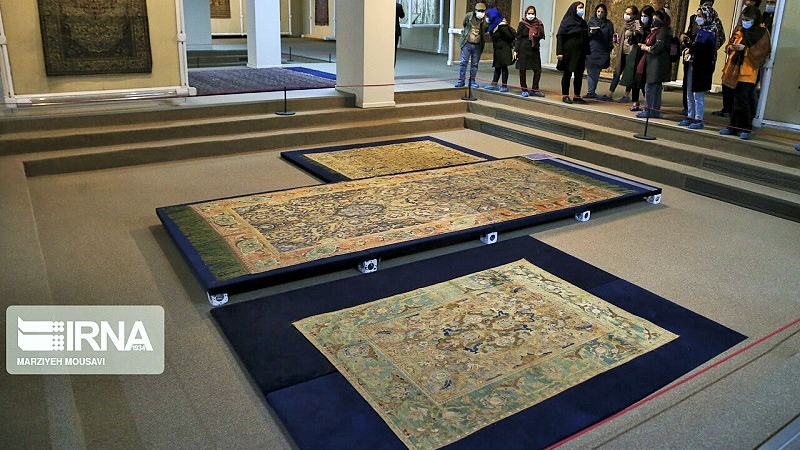
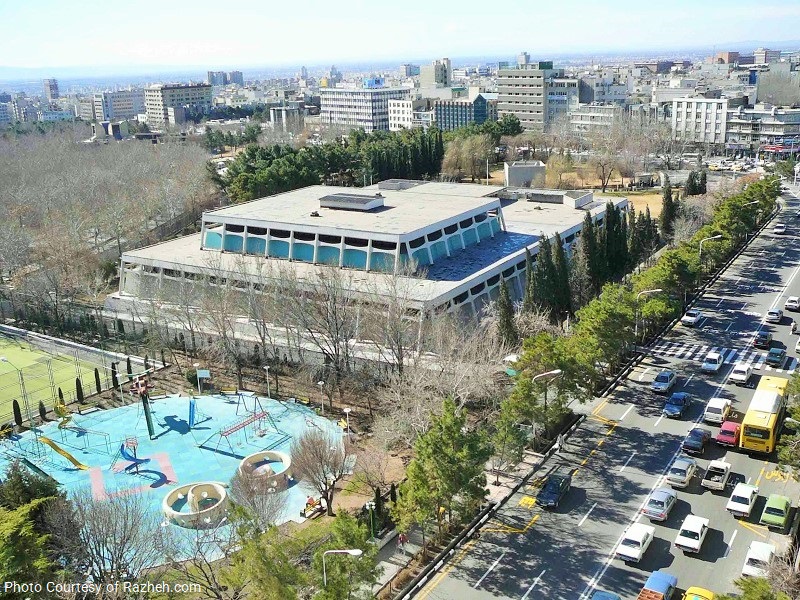
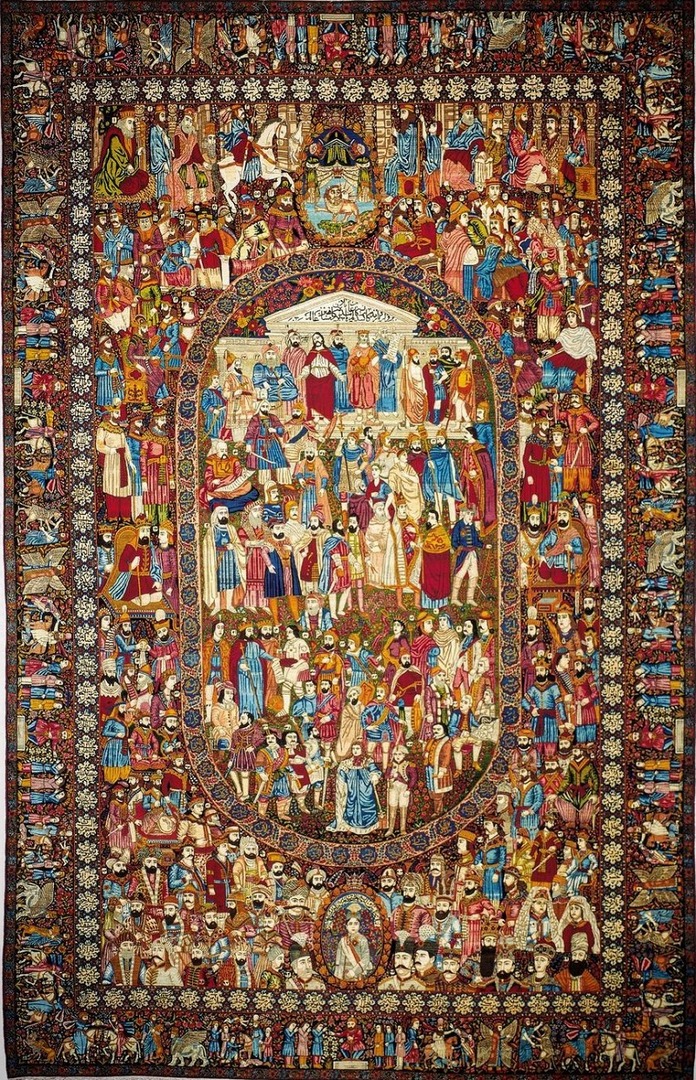



Choose blindless
Red blindless Green blindless Blue blindless Red hard to see Green hard to see Blue hard to see Monochrome Special MonochromeFont size change:
Change word spacing:
Change line height:
Change mouse type:
